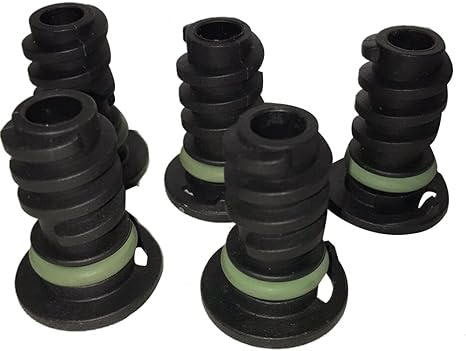Understanding Water Pump Shaft Seals and Their Importance in Pump Efficiency and Longevity
The Importance of Water Pump Shaft Seals in Fluid Management Systems
Water pump shaft seals play a critical role in the operation of various fluid management systems, ensuring efficiency and reliability in water distribution and management. These seals are designed to prevent leakage, maintaining pressure and protecting the internal components of the pump. Understanding the function, types, and maintenance of water pump shaft seals is essential for anyone involved in the maintenance or operation of water pumps.
Function of Water Pump Shaft Seals
Water pump shaft seals are essential components that prevent the escape of fluids from the pump housing. Positioned where the shaft exits the pump body, these seals create a barrier that minimizes the loss of water while also preventing the ingress of contaminants. When a pump operates, the rotating shaft generates friction and heat, which can lead to wear and tear on the seals. Effective seals help maintain optimal performance, prolong the lifespan of the pump, and reduce the frequency and costs associated with repairs and replacements.
The failure of a sea can lead to significant problems, including decreased pump efficiency, increased energy consumption, and environmental concerns due to fluid leakage. In severe cases, leaks can lead to pump failure, resulting in costly downtime and repairs.
Types of Water Pump Shaft Seals
There are several types of water pump shaft seals, each designed for specific applications and conditions. The most common types include
1. Mechanical Seals These are widely used in various industrial applications due to their effectiveness in preventing leakage. Mechanical seals consist of two main parts a rotating part attached to the shaft and a stationary part attached to the pump housing. When the pump operates, these parts slide against each other, creating a tight seal that prevents leakage.
water pump shaft seal

2. Gaskets Gaskets are simple seals made from a flexible material that fits between two surfaces to prevent leakage. They are commonly used in less demanding applications where extreme pressure or temperature is not a concern.
3. Lip Seals These seals consist of a flexible lip that rides against the rotating shaft. They are often used for low-pressure applications and are suitable for various fluids, including water and oil.
4. O-rings O-rings are circular seals made of rubber or silicone and are commonly used in low-pressure applications. They can be easily replaced and are often used in conjunction with other sealing methods for enhanced protection.
Maintenance and Replacement
Proper maintenance of water pump shaft seals is vital for ensuring the longevity and efficiency of the pump. Regular inspection of seals for signs of wear, damage, or leakage can help identify issues before they become major problems. Factors such as operating conditions, fluid characteristics, and the design of the pump can all impact the lifespan of a seal.
If a seal shows signs of wear or if leakage occurs, timely replacement is essential. When replacing a seal, it is crucial to use the correct type and size to ensure a proper fit and to prevent future leaks. Additionally, following the manufacturer's guidelines during installation can help prevent issues related to misalignment or improper sealing.
Conclusion
Water pump shaft seals are small but indispensable components that contribute significantly to the efficiency and reliability of fluid management systems. By understanding their function, types, and maintenance requirements, operators can ensure optimal performance, extend the lifespan of their pumps, and prevent leakage that could lead to costly repairs or environmental issues. Prioritizing the integrity of these seals is essential for any effective water management strategy.
-
Understanding the Front Main Engine Seal: Purpose, Maintenance, and Installation
News Jul.29,2025
-
Understanding O-Rings and Seal Rings: Types, Applications, and Custom Solutions
News Jul.29,2025
-
Understanding Crankshaft Oil Seals: Rear Seals, Pulley Seals, and Their Role in Engine Integrity
News Jul.29,2025
-
The Importance of Front and Rear Crankshaft Seals in Engine Performance and Oil Management
News Jul.29,2025
-
Crank Oil Seals: Functions, Types, and Cost Considerations in Engine Maintenance
News Jul.29,2025
-
A Comprehensive Guide to O-Rings and Seals: Types, Materials, and Global Applications
News Jul.29,2025
-
Mastering Diesel and Performance Engine Maintenance: A Guide to Critical Oil Gaskets
News Jul.28,2025
Products categories















